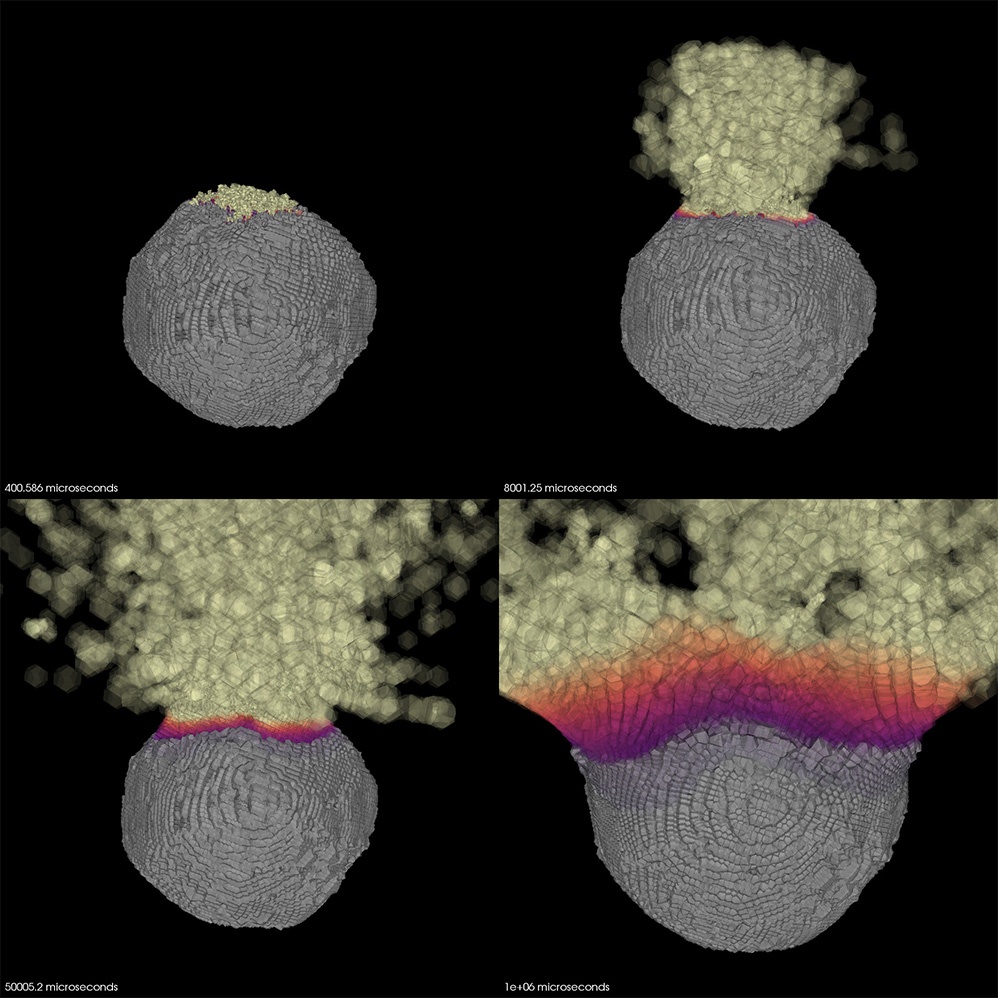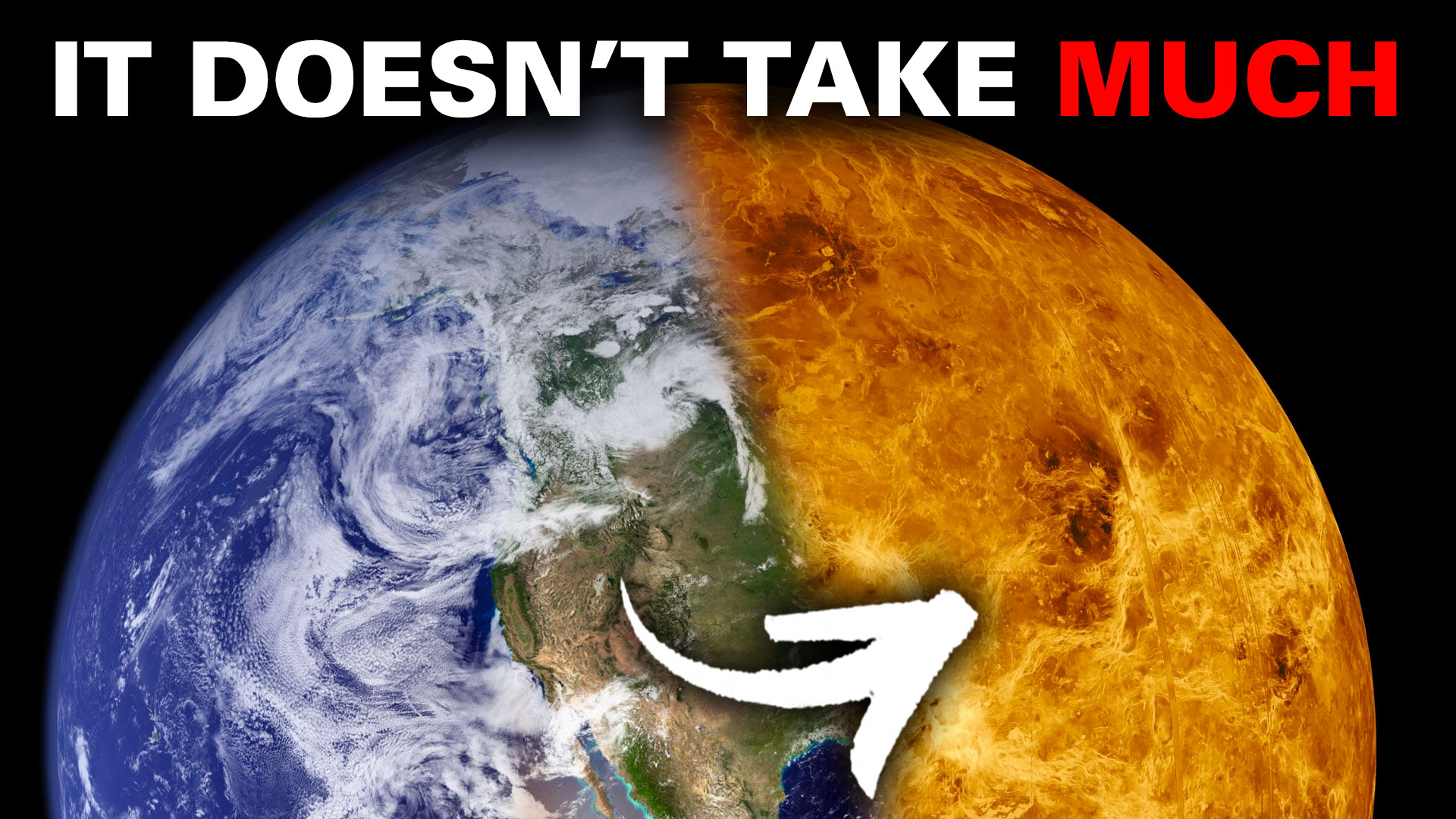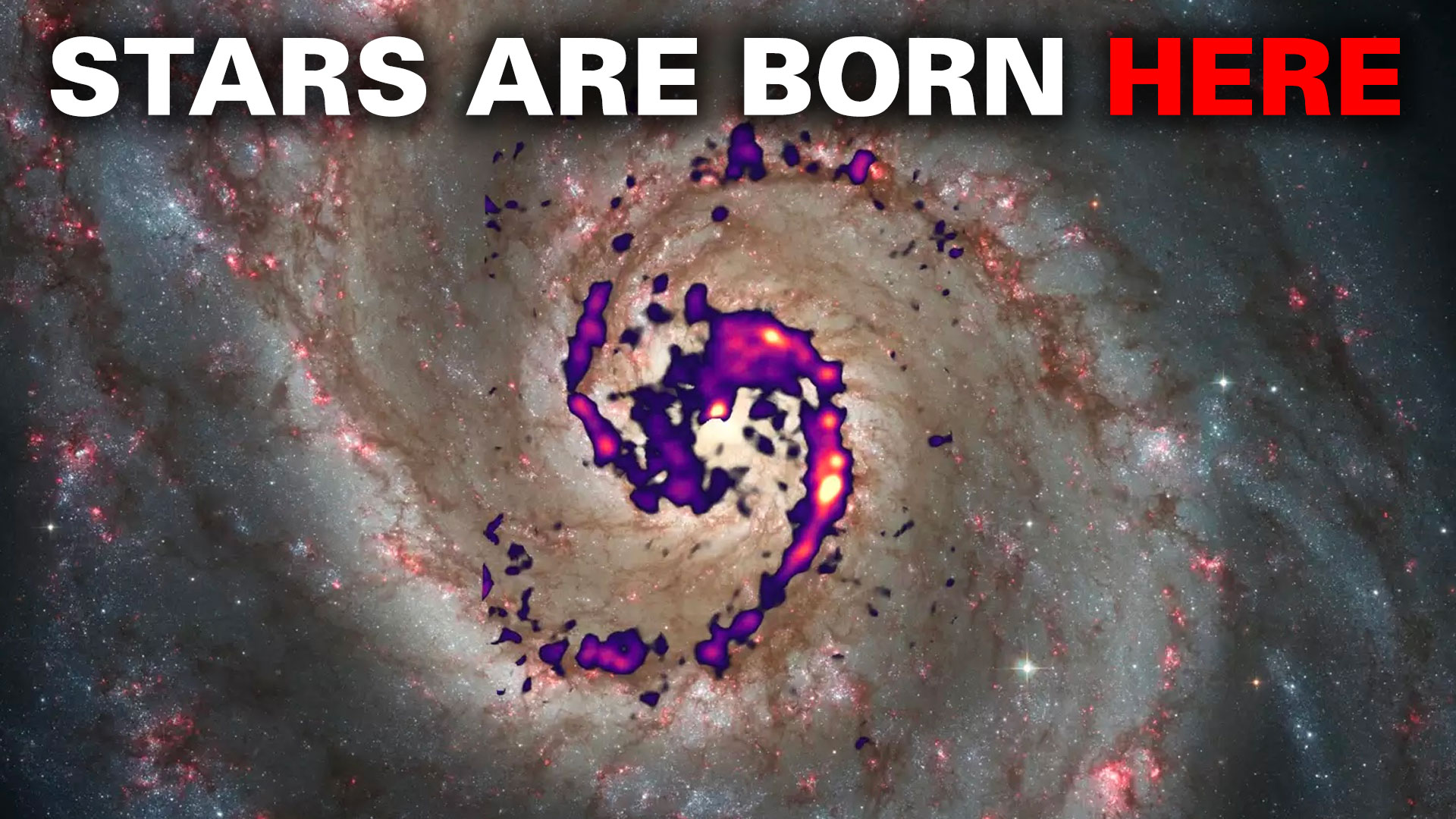While it has been a favorite disaster movie theme, nuking an incoming asteroid in the real world has been touted as a very bad idea. While a nuclear bomb could possibly obliterate a smaller asteroid, nuking a larger asteroid would only break it into pieces. Those pieces would still threaten our planet, and perhaps even makes things worse by producing multiple impacts across the planet.
But is using nuclear weapons on an incoming asteroid really a bad idea? If the right technique is used, a nuclear blast could possibly be used as an asteroid deflection device.
Continue reading “Finally. A Productive Use for Nuclear Weapons: Asteroid Defense”









